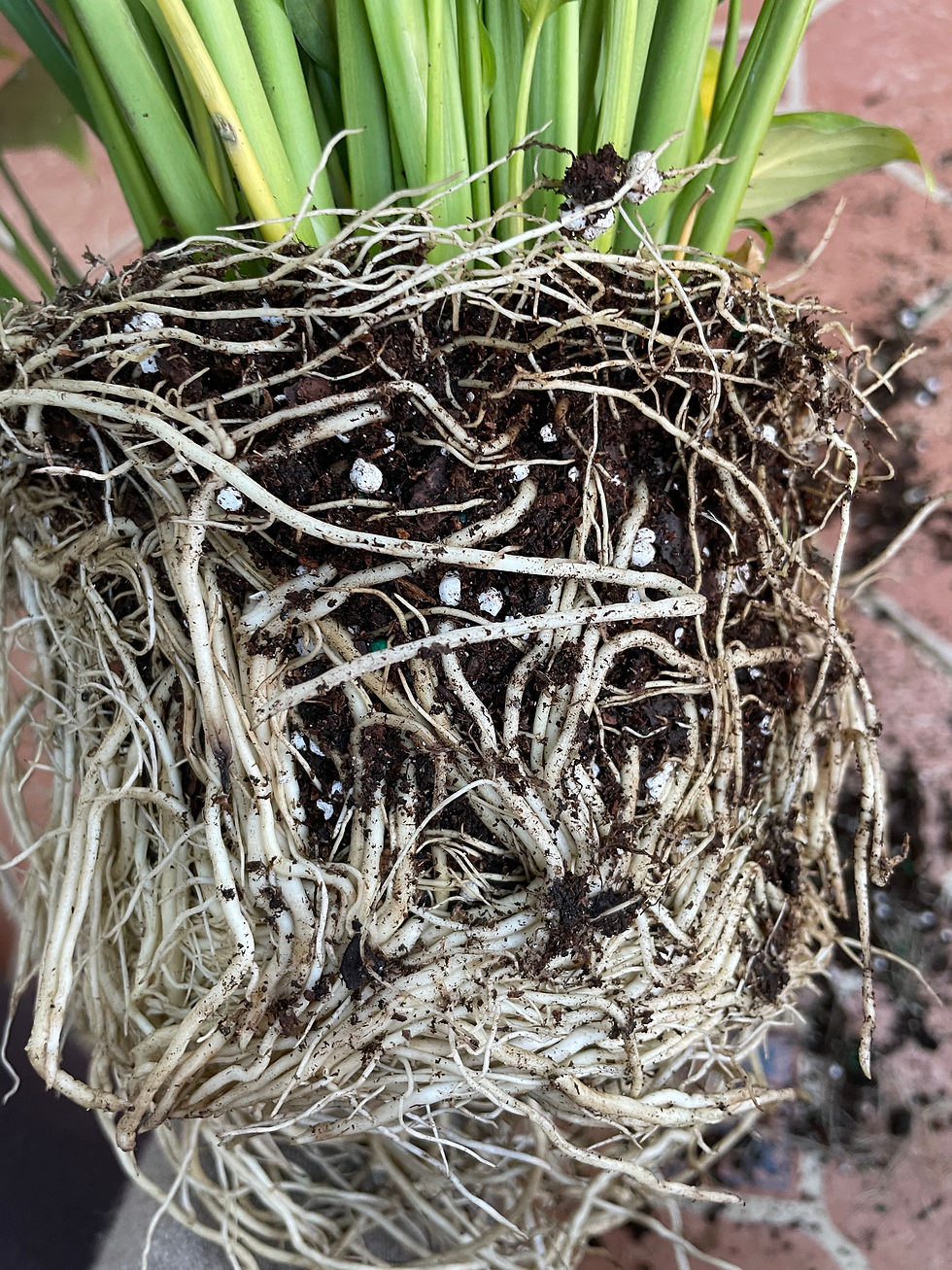Peace Lily - the Darling of NASA
- Petals Bouder

- Feb 2, 2021
- 3 min read
Updated: Mar 9, 2022

Did you know that NASA ranked peace lilies highest at cleansing nearly all chemicals floating around in today’s home air? Its true! The peace lily is so effective at cleaning the air, NASA recommends them for use on the space station.
Of all house plants NASA tested, the peace lily was the most effective plant at removing benzene, formaldehyde, xylene, toluene, and trichloretheylene from the air.

Peace lilies are tropical plants that thrive on the forest floor where they depend on dappled sunlight and regular moisture. When there is enough light, your peace lily will produce white flowers beginning in the early summer. With the right conditions, your plant can bloom year round. Your new plant prefers indirect light and does best away from drafty or cold windows. The peace lily can even thrive in some low light environments.
Keep your plant happy by keeping the soil moist.

Peace lilies are only poisonous in large quantities. The Petals cats do occasionally chew on the leaves but have never consumed enough to make them sick. If you have pets or small children who like to make lunch out of your house plants you may want to keep your peace lily out of their reach.
Troubleshooting Your Peace Lily

Watering:
They are far more tolerant of under watering than overwatering. Brown tipped leaves are an indication of overwatering or too high levels of chemicals found in tap water.
For best results, allow your tap water to sit over night before giving it to your peace lily, this will cause most of the problematic chemicals to evaporate.and is actually a best practice for all house plants.
2. Yellowing Leaves on inside of plant growth
Peace lilies reproduce via offshoots from the mother plant. Eventually your plant will produce too many children for the pots to support and your plant will become crowded. The first sign of this is yellowing leaves around the interior of the plant and a very full looking pot.When this happens it is time to split your peace lily!
Splitting Your Peace Lily
Splitting your peace lily is easy, if a bit messy, and will leave you with lots of extra plants to give to friends or spread their air-purifying abilities around the house!

Step 1: remove your lily from its pot: if the roots at the bottom of the pot are dense and growing in circles, gently pry the roots loose and gently help them face downward. You will need a deeper pot for replanting your mother plant.

Step 2: find a well defined offshoot on your plant and gently pry it away from the rest of the plant, coaxing the roots to go with it. Once you have made even a few centimeters of space between the crown of the offshoot and the larger plant, insert a knife around the offshoot and further pry it away from the mother plant. Do not be alarmed if you hear the a sound like wood cracking and if some roots are dislodged. As long as the crown of the offshoot you remove is fairly intact, has leaves on top and roots on bottom, it will most likely survive.

Step 3: continue removing off shoots until you have as many as you like or the size mother plant that has room to breath in its new, larger pot (or if the roots were not root bound/circling, back in its original pot.)

Step 4: Repot your original pot and all the babies in their own pots. Feel free to group some together if you want fuller looking pots.

Step 5: Water all your new plants and share the plant love with friends and neighbors.
Pro Tip: When repotting try to keep the crown of the plant above the surface, this will prevent rot. Do not worry if your new plants have trouble standing tall, their roots need time to acclimate, consider inserting some wooden chopsticks into the dirt as temporary supports.












We have peace lilies in almost every room of our house, I love them! SO cool about Nasa.